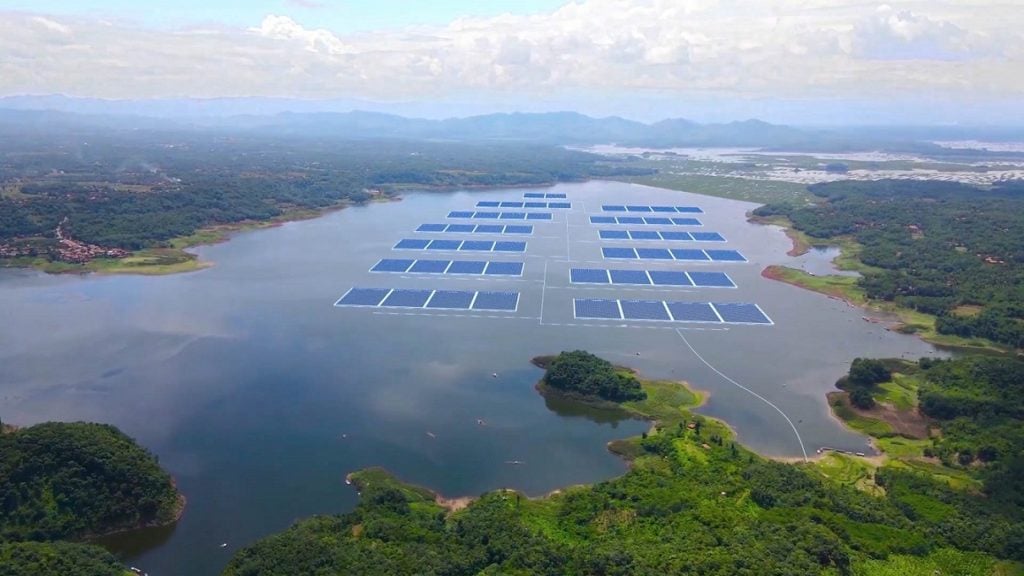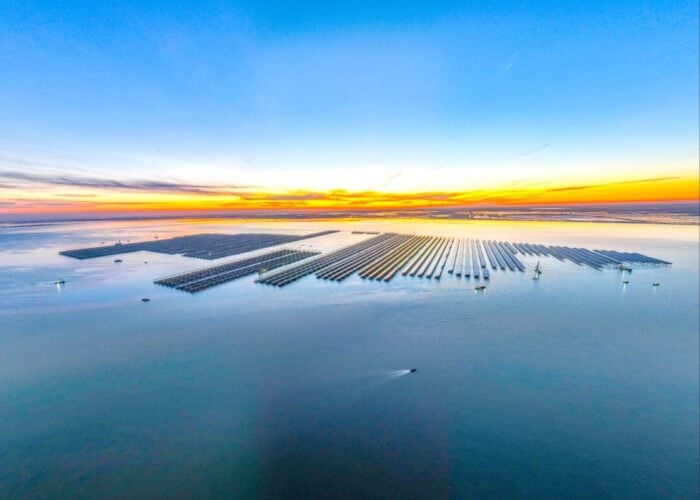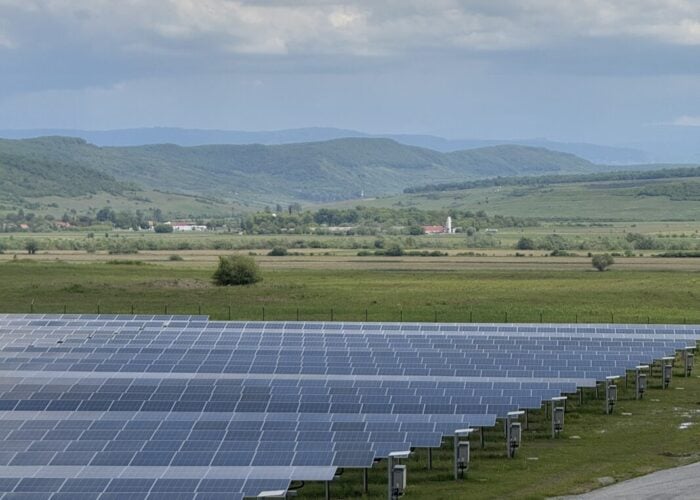
The Indonesian government has published a draft of its Comprehensive Investment and Policy Plan (CIPP) to set out Indonesia’s decarbonisation initiatives to 2050, which include reaching net zero and expanding the country’s installed solar capacity to 264.6GW by the middle of the century.
The draft CIPP is open for public consultation until 14 November, and represents Indonesia’s contribution to meeting the Just Energy Transition Partnership (JETP) programme. The government agreed to the JETP initiatives during last year’s G20 Summit, held in Indonesia, and received US$20 billion in funding to support its decarbonisation goals.
Try Premium for just $1
- Full premium access for the first month at only $1
- Converts to an annual rate after 30 days unless cancelled
- Cancel anytime during the trial period
Premium Benefits
- Expert industry analysis and interviews
- Digital access to PV Tech Power journal
- Exclusive event discounts
Or get the full Premium subscription right away
Or continue reading this article for free
The JETP sets out a number of scenarios for the future of the Indonesian energy mix, including achieving a renewable energy generation share of 44% by 2030, and the draft CIPP is the government’s first attempt to implement policies to meet these targets.
Significant solar capacity
The most striking aspect of the draft CIPP is Indonesia’s commitment to solar power, with solar expected to account for more of the country’s installed capacity and energy generation than any other source. The government is targeting installed solar capacity of 29.3GW in 2030, and 264.6GW in 2050, which would account for more than half of the 518.8GW of all power-generation capacity installed in Indonesia.
Much of this stems from the country’s considerable solar power potential, with the government estimating that Indonesia has the potential to install 3.3TW of solar capacity, based on the amount of sunlight the country receives. This is the most of any renewable source by a considerable margin, with offshore wind accounting for the second-highest potential of 94.2GW.
Similarly, the report is optimistic about the potential for floating solar in Indonesia. Earlier this year, Masdar and PLN NP announced plans to treble the capacity of the 145MW Cirata floating solar park, and with the government estimating that the floating solar sector alone has the potential for 28.4GW of capacity, there is considerable interest in developing new floating solar projects in Indonesia.
The graph above demonstrates how the Indonesian government expects solar generation to grow, year-on-year, until 2050. The government forecasts solar generation to exceed that of natural gas in the mid-2030s, that of coal in the early 2040s and that of all other forms of power generation by 2045.
Solar is also expected to grow at a much more consistent rate than other forms of renewable energy, such as wind, which the government expects to plateau in the 2030s, and geothermal, which is unlikely to grow beyond 2040. This sustained increase is also in contrast to the rapid, but late, growth forecast in hydrogen fuels, and the undulating generation figures of natural gas over the coming decades.
“The JETP scenario puts heavy emphasis on solar PV as the forerunner of Indonesia’s renewable development beyond 2030, realising its enormous potential compared to other renewable solutions,” wrote the draft CIPP authors in the report.
Falling solar installation costs
The government’s plans, should they be realised, will transition Indonesia to an energy mix that is heavily reliant on renewables. The report notes that until 2040, renewable power will account for “nearly all new growth in generation”, with variable renewables, such as solar, accounting for 45% of the growth in new energy capacity.
In order to realise these forecasts, considerable investment will be required, beginning with the funding secured at last year’s G20 Summit. Yet this alone will not be enough. The government expects to invest over US$55 billion cumulatively by 2040 into both its geothermal and solar sectors to meet the considerable potential of these energy sources, alongside a US$50 billion investment into transmission and distribution networks.
The CIPP includes a four-stage plan to expand the country’s energy grids, targeting the start of operations in phases between 2024 and 2030, alongside three expansions to existing parts of the grid that have not yet been given provisional commissioning dates.
Critically, many of these costs will be mitigated by the falling cost of installing new power capacity forecast by the government. The graph above demonstrates how the average cost of installing a kilowatt of various types of power generation is expected to fall until 2050, with solar, both on an industrial- and utility-scale, expected to be the cheapest forms of power production.
This is particularly notable because of the relatively static cost of installing new gas turbines, which the government expects to see fall by the lowest amount of the energy sources profiled, further encouraging new renewable investments as such projects will simply be cheaper, and more financially viable, to build than fossil fuel facilities. This phenomenon has been widely reported in the global energy industry, and the Indonesian government is relying on the continued falling cost of solar to ensure new investments are viable in the long-term.
The report also noted that solar will be one of several renewable sectors to create long-term employment opportunities, compared to work in the fossil fuel sector. The report notes that the average large hydropower project will generate 6.8 years of full-time employment per GWh of electricity output, the most of any source, compared to five years for geothermal projects, and 4.5 years for solar projects.
These figures compare favourably to the 1.8 years offered by roles at new coal projects, another factor that demonstrates the long-term economic viability of renewable investment.






